an Art is dependent on Photography, and Photography is another Art!
Hi!, @princekayani 
Fine art photography is photography created in accordance with the vision of the artist as photographer.
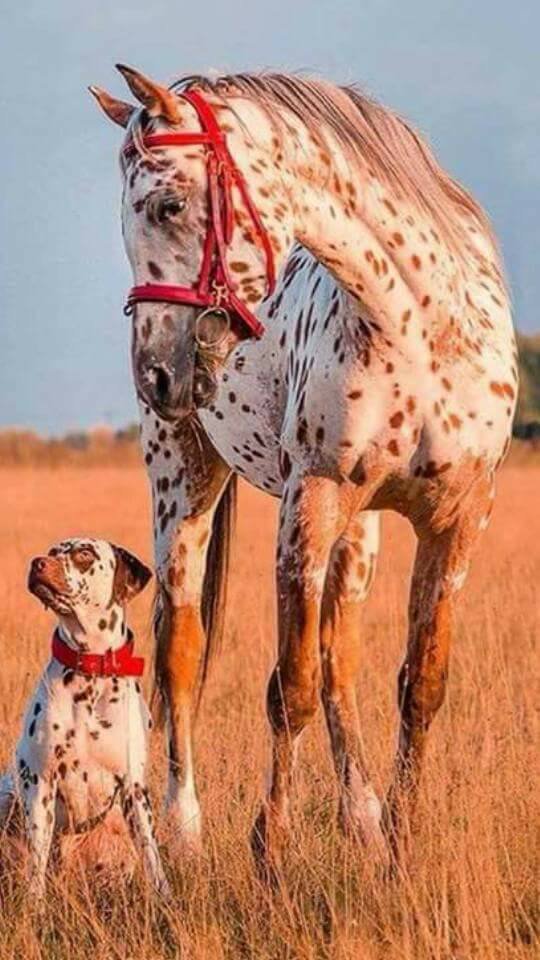
Fine art photography stands in contrast to representational photography, such as photojournalism, which provides a documentary visual account of specific subjects and events, literally re-presenting objective reality rather than the subjective intent of the photographer; and commercial photography, the primary focus of which is to advertise products or services.
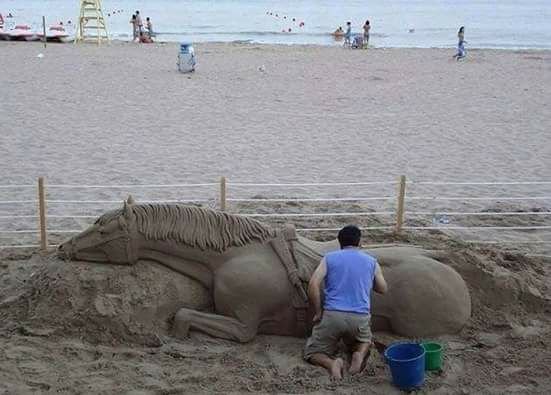
For 180-years, people have been asking the question: is photography art? At an early meeting of the Photographic Society of London, established in 1853, one of the members complained that the new technique was "too literal to compete with works of art" because it was unable to "elevate the imagination". This conception of photography as a mechanical recording medium never fully died away. Even by the 1960s and 70s, art photography – the idea that photographs could capture more than just surface appearances – was, in the words of the photographer Jeff Wall, a "photo ghetto" of niche galleries, aficionados and publications.

But over the past few decades the question has been heard with ever decreasing frequency. When Andreas Gursky's photograph of a grey river Rhine under an equally colourless sky sold for a world record price of £2.7 million last year, the debate was effectively over. As if to give its own patrician signal of approval, the National Gallery is now holding its first major exhibition of photography, Seduced by Art: Photography Past and Present.
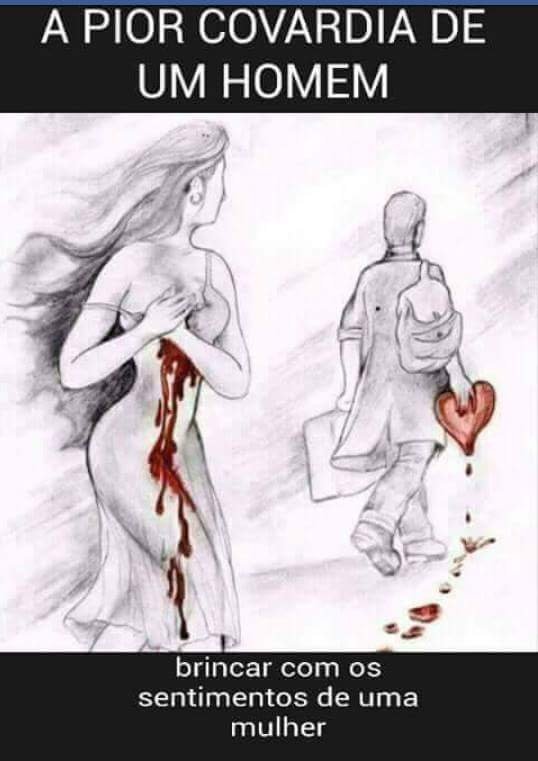
What some pioneering photographers recognised straight away was that photographs, like paintings, are artificially constructed portrayals: they too had to be carefully composed, lit and produced. Julia Margaret Cameron made this explicit in her re-envisagings of renaissance pictures. Her Light and Love of 1865, for example, shows a woman in a Marian headcovering bending over her infant who is sleeping on a bed of straw. It is part of a line of nativity scenes that is as long as Christian art,
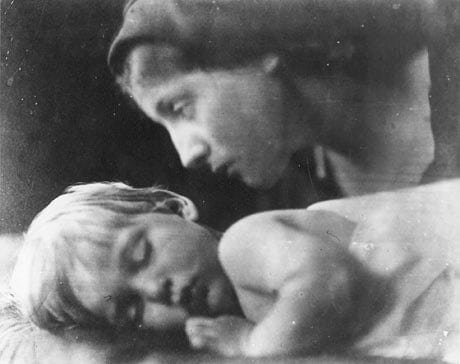
and was hailed by one critic as the photographic equivalent of "the method of drawing employed by the great Italian masters". I Wait, 1872, shows a child with angel's wings resting its chin on folded arms and wearing the bored expression that brings to mind the underwhelmed cherubs in Raphael's Sistine Madonna. Such photographs were not direct quotations from paintings, but they raised in the viewer's mind a string of associations that gave photography a historical hinterland.
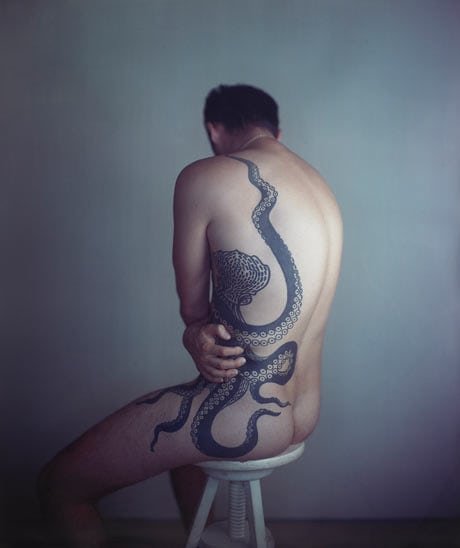
It was perhaps in depicting the nude – such as Fenton's bestselling photograph of the discus thrower Discobolus – that photography could repay its debt to art. Hiring a life model was expensive, and engravings were a poor substitute. Delacroix was one artist who "experienced a feeling of revulsion, almost disgust, for their incorrectness, their mannerisms, and their lack of naturalness". He praised instead the painterly aid provided by académies (books of nude photographs) since they showed him reality: "these photographs of the nude men – this human body, this admirable poem, from which I am learning to read". He even helped the photographer Eugène Durieu pose and light his models. And in 19th-century Britain and France, when pornography was illegal, photographs of the nude were in demand from customers who had no artistic interests.
A Beautiful Art to Beautiful Photography!
A Beautiful Photography to Beautiful Art!
 __________________________________________________RESTEEM
__________________________________________________RESTEEM
so beautiful.., follow and upvote me @muhammadikbal
Yeah sure, resteem my personal posts you will definitely see something new there, Thanx
Simply Out Standing ... good piece of thoughts...